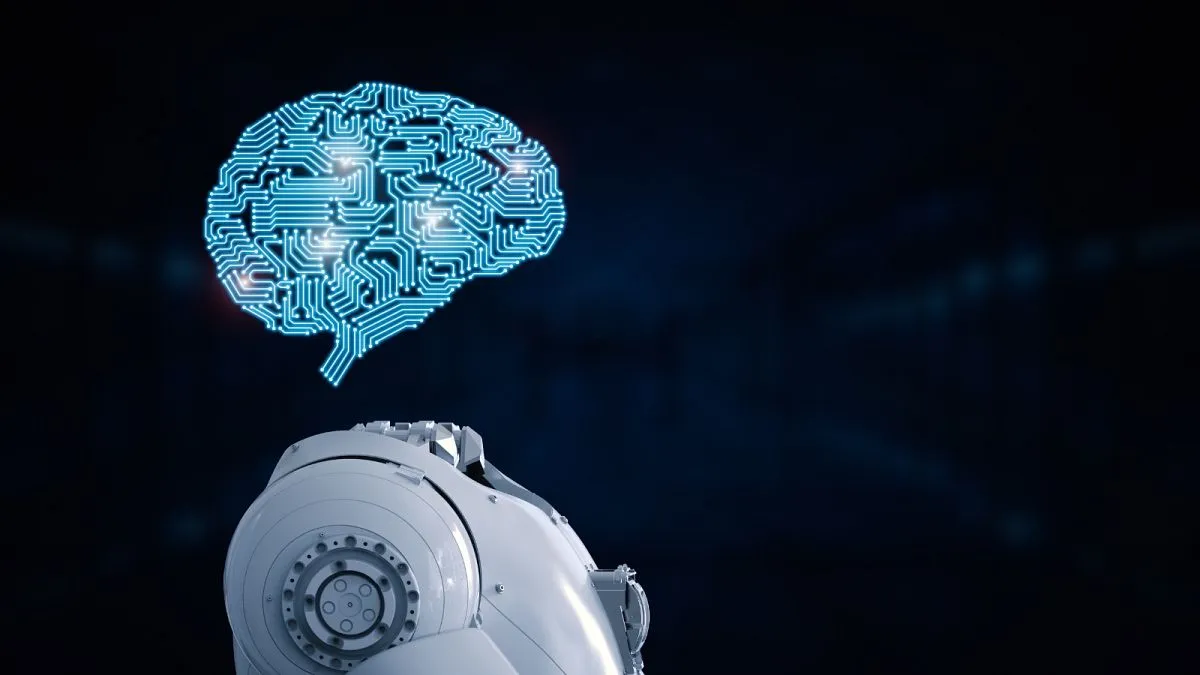In an era where artificial intelligence (AI) seamlessly integrates into various aspects of daily life, accuracy remains a paramount concern. Hallucinations, a term coined to describe instances when AI models generate false or unsupported information, pose significant challenges. Addressing these concerns, a new study highlights the large language models (LLMs) that excel in minimizing these errors, shedding light on a key aspect of AI reliability.

Unveiling the Champions of Accuracy
The recent findings by Vectara, updated as of December 2024, provide a revealing look into the AI models that lead the pack in terms of accuracy. Notably, models like Zhipu AI’s GLM-4-9B-Chat and Google’s Gemini-2.0-Flash-Exp, each with a hallucination rate of only 1.3%, are setting benchmarks in the industry. These models, alongside others from renowned institutions like OpenAI and Microsoft, demonstrate how advanced AI has become in generating reliable and factually consistent outputs.
Why Lower Hallucination Rates Matter
The importance of lower hallucination rates cannot be overstated, especially as AI finds its footing in high-stakes fields such as healthcare, legal affairs, and financial services. In these domains, the cost of inaccuracies can be extraordinarily high, making the reliability of AI models not just a technical requirement but a crucial ethical imperative.

The Surprising Efficiency of Smaller Models
While conventional wisdom might suggest that larger AI models would naturally outperform their smaller counterparts, the data presents a different narrative. Smaller models, such as Intel’s Neural-Chat 7B and OpenAI’s o1-mini, are proving exceptionally efficient. These models not only keep pace with but sometimes even surpass the larger models in minimizing hallucinations. This efficiency is vital for applications requiring quick, reliable AI analysis without the heavy computational load associated with larger models.
Comparative Insights on AI Models
A close comparison reveals that even within the same company, different models perform with varying degrees of accuracy. For instance, while OpenAI’s GPT-4 exhibits a hallucination rate of 1.8%, its variants like the GPT-4o and GPT-4o-mini show slight improvements, emphasizing a trend towards refining AI accuracy across different model architectures.

The Future of AI: Towards Greater Accuracy and Reliability
As the technology landscape continues to evolve, the push for more accurate and dependable AI models grows stronger. The ongoing research and development aimed at reducing hallucination rates are crucial for ensuring that AI technologies can be trusted by the public and professionals alike. This endeavor not only enhances the functional capabilities of AI but also fortifies its role as a transformative force across various sectors.










